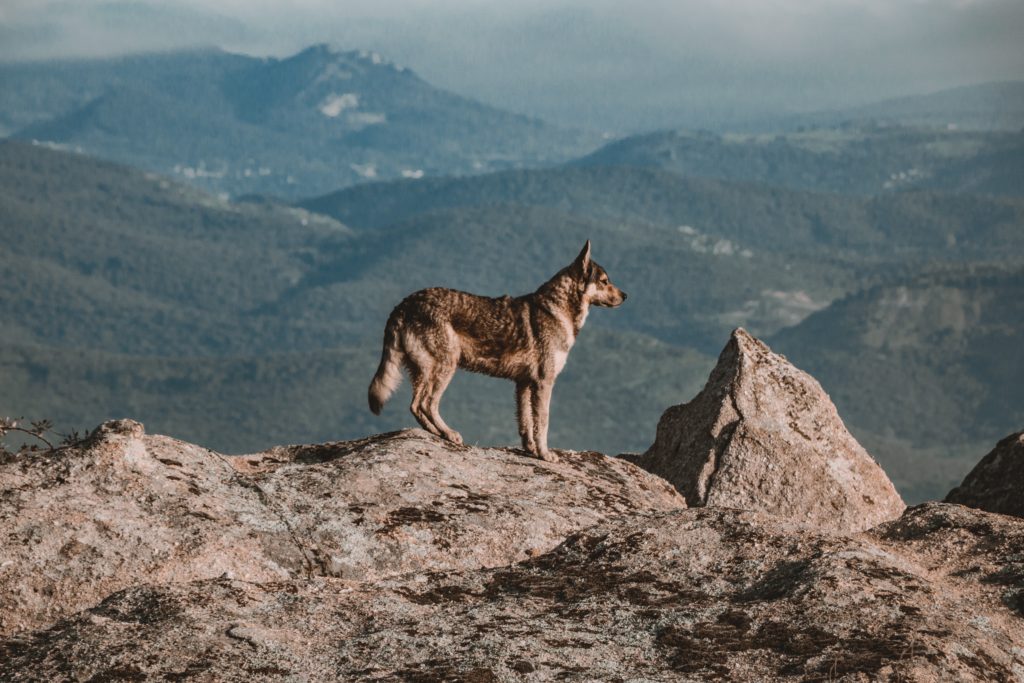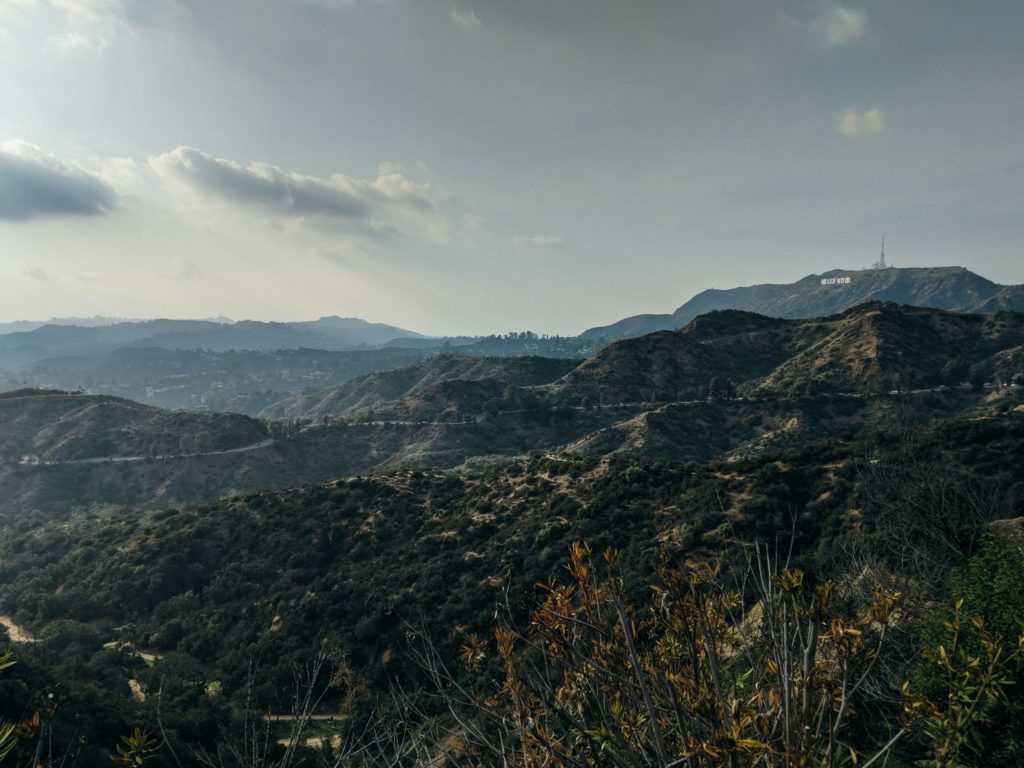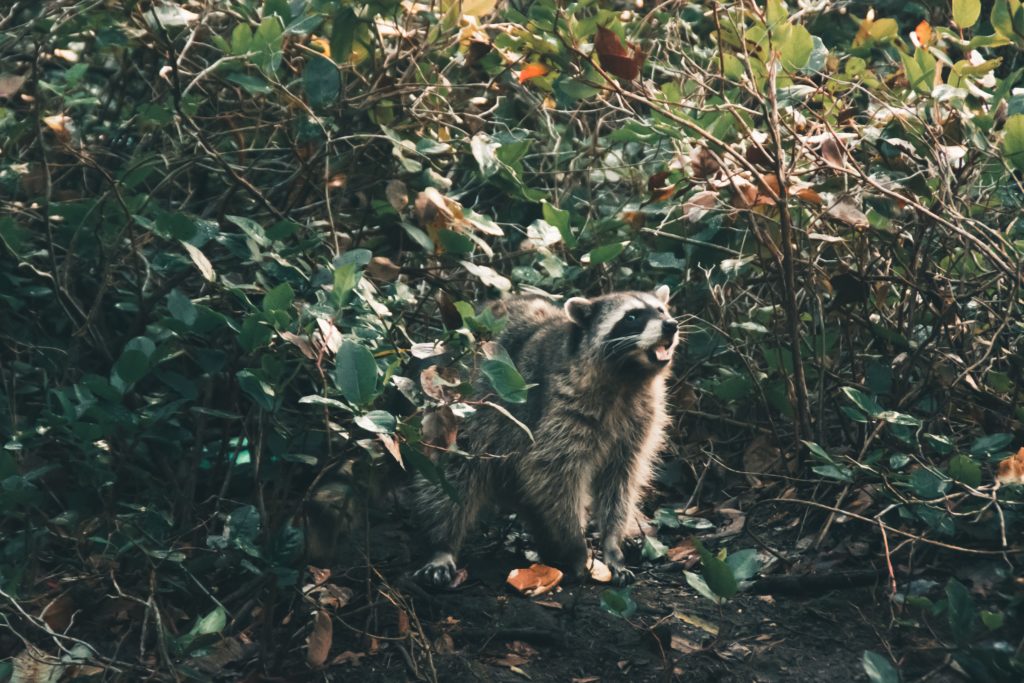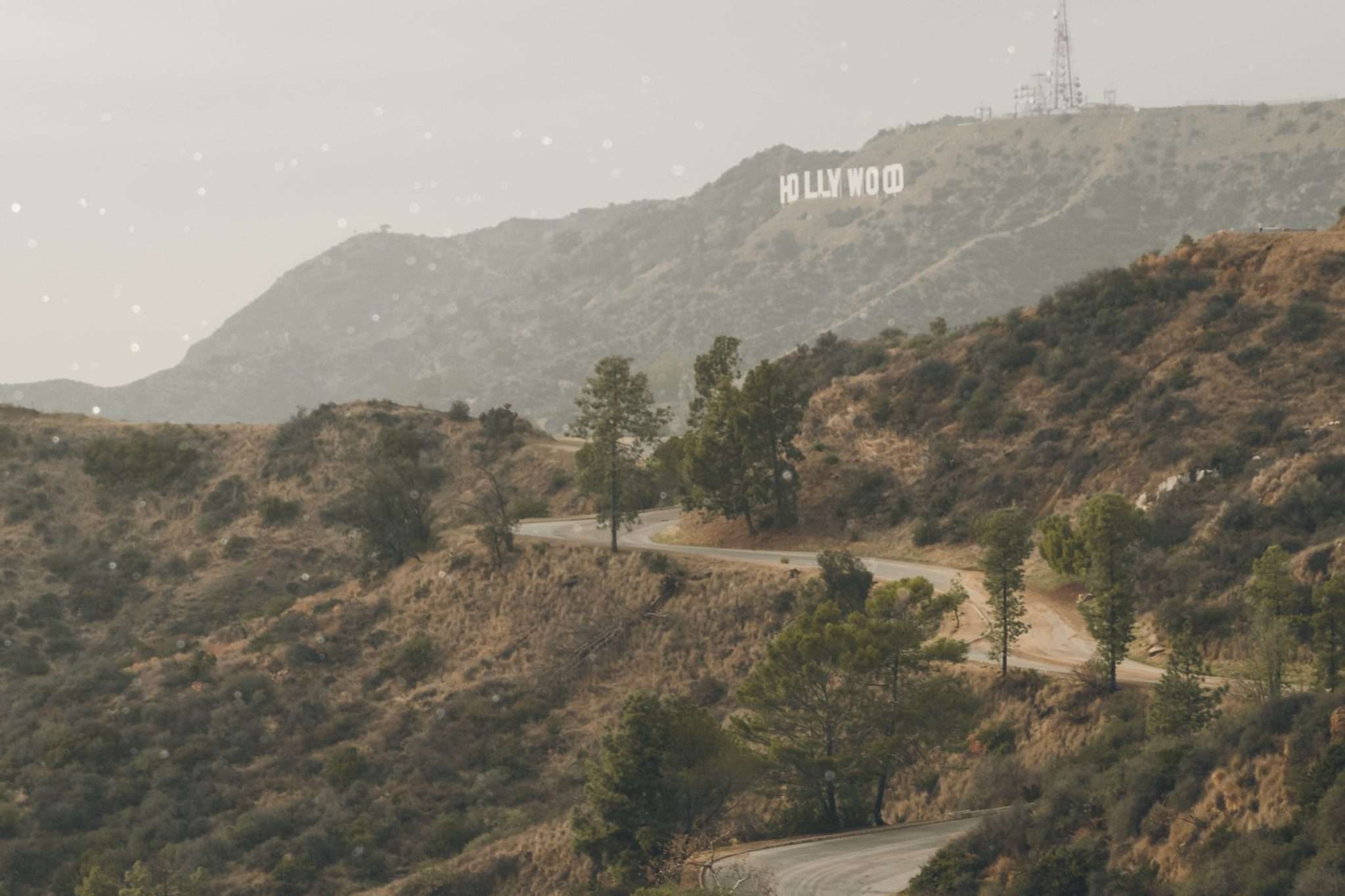How did Los Angeles become the largest certified wildlife habitat in the U.S.?
The urban sprawl of Los Angeles is notorious for having the worst traffic in the country. From the skies above, flying into any one of its three major airports, the endless sea of grey buildings blurs into the ocean it eventually meets.
But the city is also becoming one of the country’s more sustainable destinations, employing energy and water conservation efforts, greening buildings and homes, and embracing its abundance of local food.

The buildings and highways are also interrupted with swaths of nature at nearly every turn. There are idyllic beaches and mountains, city parks six times the size of New York City’s Central Park, and even the most unassuming backyards are teeming with plants and animals.
It’s all enough to turn the entire city—yes, all of Los Angeles—into a certified wildlife habitat. Last year, the city of lights became the largest city to earn that recognition from the National Wildlife Federation.
But what exactly does that mean?
What Is a Certified Wildlife Habitat?
The National Wildlife Federation certifies wildlife habitats in a range of environments from backyards to schools and community gardens to entire cities.
In order to qualify, there must be access to food, water, shelter, places for animals to raise young, and sustainability measures to protect the local ecosystem. Some certified areas may earn tax credits through their efforts.
Los Angeles Is a Wildlife Habitat
The city’s certification initiative was spearheaded by the L.A. Sanitation and Environment (LASAN) department.
“We saw the opportunity to certify the entire city with the National Wildlife Federation as an opportunity to do some great outreach and promote a lot of ideas and goals of our biodiversity program,” Michelle Barton, environmental specialist for LASAN, told Los Angeles magazine.
The city is located within a biodiverse hotspot, an area called the California Floristic Province. It’s a stopover for migrating Monarch butterflies, whose numbers have been declining in recent years. Last week, Monarch butterflies were added to the IUCN Red List, officially classifying them as endangered.

“Even though it is the second-largest city in the country, Los Angeles is home to a vast array of wildlife, including hundreds of bird species, coyotes, bobcats, and even mountain lions, including the famous Hollywood cougar P-22,” said Patrick Fitzgerald, senior director of community wildlife at the National Wildlife Federation.
“Los Angeles is making tremendous progress in the National Wildlife Federation’s Community Wildlife Habitat program, showing how communities can enhance environmental sustainability.”
But like other parts of the world, LA’s abundant wildlife is in danger. “In L.A., our biodiversity is threatened by pollution, by climate change, by habitat loss,” says Barton. It was more reason than ever to track local efforts to protect LA’s wildlife.
LASAN created a biodiversity index for the city in order to better understand conservation efforts and independently certified wildlife habitats obtained by residents. There are other efforts underway, too, like wildlife passages and additional protected areas covering large parts of the state. New construction is getting in on the action, too. A sustainable building coming to West Hollywood, for example, will have a roof garden to support local biodiversity.
“Even though it is the second-largest city in the country, Los Angeles is home to a vast array of wildlife.”
Patrick Fitzgerald, senior director of community wildlife at the National Wildlife Federation
“We decided that we really wanted to track the certification of spaces across the city as habitat,” says Barton.
Los Angeles needed at least 1,200 individually certified habitats to qualify for citywide status.
“People were excited about it,” says Barton. “Basically, anything that had been certified within the city limits counted towards this threshold of points.”
Protecting LA’s Biodiversity
“The main objective of this is really to protect and enhance biodiversity in the urban environment and the rural environment,” Mas Dojiri, assistant general manager of LASAN told Spectrum News. “Getting certified and the national recognition is really kind of a side thing. We have to keep our eye on the ball, and the ball is protecting and enhancing biodiversity.”

According to Dojiri, a 2019 United Nations report identified one million plant and animal species headed toward extinction in the next few decades.
Like the Monarch butterfly, which has seen population declines of more than 99 percent since the 1980s, according to the Xerces Society, critical pollinating bee populations and bird species are on the decline as well.
“The city of L.A. is just a small dot on the world globe,” Dojiri said. “But if we can show other cities, other nations, that we can do it, that we can improve the urban ecosystem and enhance biodiversity, we can show them the path.”


